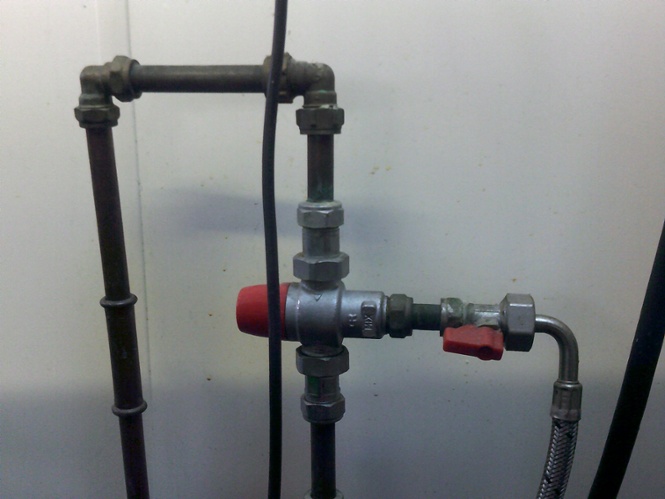 In this blog we will discuss; what we have learnt about TMV Maintenance, how these lessons have been applied and what we should consider for future improvement.
In this blog we will discuss; what we have learnt about TMV Maintenance, how these lessons have been applied and what we should consider for future improvement.
What have we learnt about TMV Maintenance?
Firstly, we have acknowledged the failings are poor maintenance or the failure to follow the standards, i.e. poor installation and maintenance. Highlighted by numerous high-profile cases resulting in prosecutions.
- Manslaughter charge for a scalding incident
- Bath death woman scalded on 90% of her body
- Woman died after Residential Home scalding
- Grandmother scalded to death after hotel turned up water temperature to beat Legionnaires' disease
- Care home fined £145,000 over disabled teen's scalding death
- The tragic infant deaths at neonatal units in Belfast in December 2011.
What has been learnt?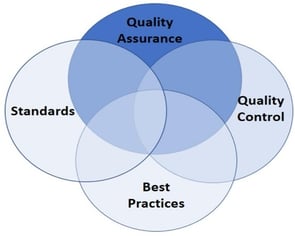
TMV Maintenance Standards.
Firstly, we acknowledge the recognised maintenance standards and recognised testing and certification needs:
- The Department of Health’s publication HTM 04-01 Supplement – Performance specification D 08 thermostatic mixing valves (healthcare premises);
- BS EN 1111:2017 Sanitary tapware. Thermostatic mixing valves (PN 10). General technical specification;
- Industry codes:
- Recommended code of practice for safe water temperatures.
- Inspection/testing schemes: TMV3 scheme TMV2 Scheme
How have we adopted these known standards?
Adopted TMV Practice
We issued further guidance over how to implement the standards underlining the importance of following the correct maintenance processes and application of the standards.
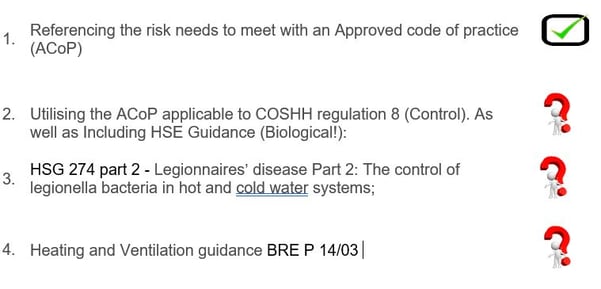
Are these the right guidance documents for scald management?
What should we have considered from these lessons?
- Confirm the standards that apply, (What is a TMV? & What is its purpose?)
- Apply the standards not guidance (What am I managing? What is the risk?)
- If required, design further guidance which follows the applicable standards
Codes of practice and guidance documents are routinely set to a specific issue e.g., the highway code aimed at safe road use. Failure to comply with this code has never resulted in a prosecution.
Why? It’s a guide! Why are they important? The codes contents offer awareness of what, how and when they should be applied and the applicable legislation/regulation which apply.
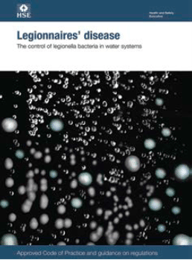
Bacteria in water systems |
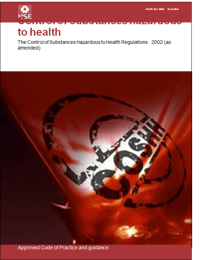
Hazardous Substances |
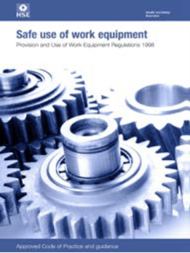
TMV Equipment |
The noted ACoP L8/HSG guidance. Are risk management, not water design or installation, documents, intended to assist with the management of bacterial proliferation of water systems, not daily routine. Other codes of practice and documents will apply on a daily basis i.e., wholesome water (Welfare rights) the ACoP L24, prevention of cross contamination (COSHH) L5 reference to i.e., pipework marking BS1710. Or safe operating use of the asset/valve L22 (PUWER) covering Provision and Use of Work Equipment Regulations.
They are all relevant and important to managing water systems. Why? They are not simply guidance however, some also contain the regulations which form the HASAW Act. Specifically, HASAW Act part 3, why? Is a “Building Regulations” water system in a building? Yes, then they apply.
The HSE offer a massive amount of good guidance however they are all generic to allow those managing to add the specific or dynamic risk.
RISK! What is the purpose of the TMV? To offer scald protection. How? It’s an automated or manual device for controlling water temperature. Who is at Risk? A child or older person? What should the valve be set to (set point) 36oC, 40oC or 46oC. What risks will the valve introduce?
Adopting the right TMV practice
So directly its nothing to do with biological risk. It’s about physical risk from the tap, its pipework or surface, as well as the water being delivered. So like legionella you need to assess the risk and identify who is at risk. The HSE offers guidance including higher risk areas such as Social Care (Healthcare/schools/prisons).
Identify the risk, protection, or action to be taken. If a valve is to be used, then a setpoint is required. If a valve is to be used then the type, manual/automatic/ operating control single or multiple outlets needs to be identified. To meet with the standards and the manufacturer guidance as well as the limitations set by any independent certification of the device to meet the identified standard
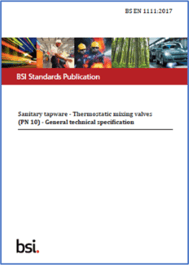
Standard |
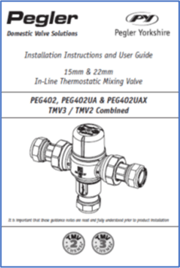
Manufacturer |
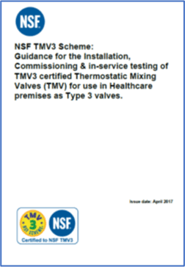
Certification |
All the guidance refers to the applicable standards or regulations, we are not managing a biological risk. We are managing a scald risk, perhaps this is the guidance we should be ensuring we follow daily. Unless the systems are contaminated with bacteria then the additional guidance noted by the HSE applies as well as our daily needs set by the STANDARDS not guidance.
Further reading> TMV's - What are they and why are they used?
Feel free to reach out if you have any questions about the issues mentioned above or if you would like to consult with one of our experts on water hygiene.
Editors Note: The information provided in this blog is correct at the date of original publication – December 2022.
© Water Hygiene Centre 2022








